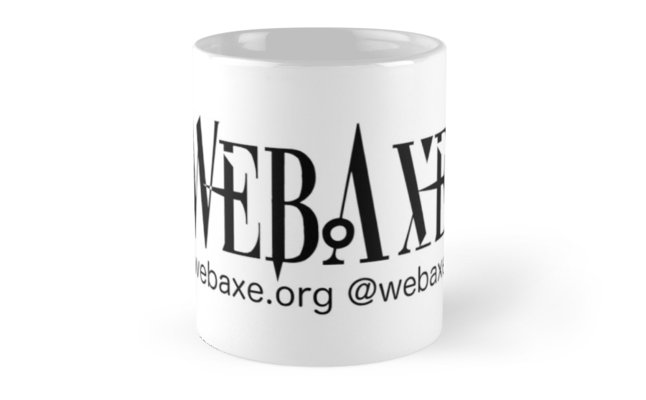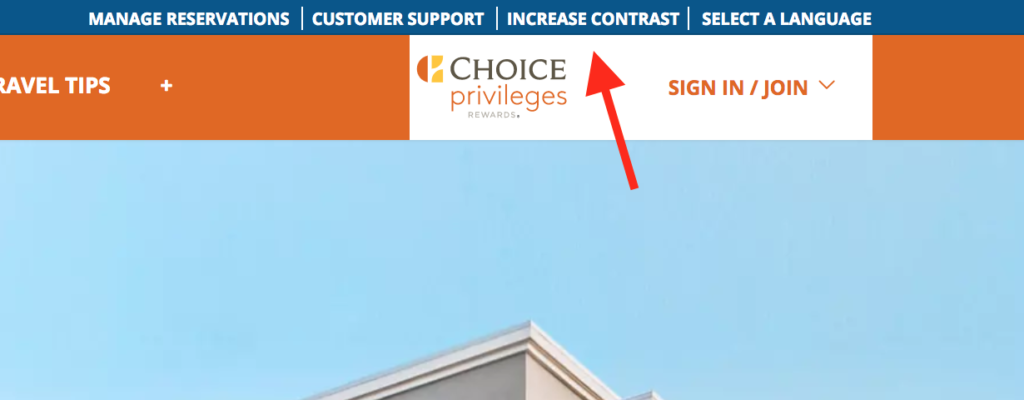Another CSUN Assistive Technology Conference has come and gone. Below are some great resources and tweets from the conference. Watch the keynote by Dan Goldstein via YouTube. Read my CSUN 18 preview.
Next year the event will move a bit north to Anaheim, California. CSUNATC19 is planned for March 11 to 15, 2019 at @AnaheimMarriott.
Resources
- Crowdsourced Google Sheet of all the presentation slide decks (bit.ly/csunatc18) Google Sheet by @mactoph.
- Slides and handouts shared by presenters at the 2018 CSUN Assistive Technology Conference, GitHub, by @JamalMazrui.
- Potholes of Discrimination: A Post-CSUN Legal Update Wrap-Up and Recipe for Staying Ahead of the Legal Curve: Bake Accessibility into Your Organization by @LFLegal.
- Story on CSUNATC18 by San Diego Union Tribune
- Microsoft’s CSUNATC18 presentation decks (mostly PowerPoint)
- Accessibility Heuristics for Designers: 10 General Rules of Thumb For Accessible Design (PDF via Google Drive) by @CaitlinGeier @DBoudreau.
- Waking Up to Digital Accessibility: How the CSUN Assistive Technologies Conference helped me find my calling, by Louise Clark @lclark070607.
- Added: Slides: TPG at CSUN 2018.
Tweets
Web accessibility problem areas: placeholder as label, focus management, hijacked scrolling, links without underlines. via @HansHillen Yup! #CSUNATC18 #a11y #webdesign
— Web Axe (@webaxe) March 22, 2018
“Spend money on access not on lawyers” @LFLegal #a11y #CSUNATC18
— Glenda Sims (@goodwitch) March 21, 2018
https://twitter.com/dennisl/status/976682591532167168
Best statement #CSUNATC18 “Accessibility is not rocket science, maybe it should be, we went to the moon & still waiting on ACCESSIBILITY”
— Rima Maldonado (@RimaMaldonado) March 21, 2018
.@jessehausler and I are ready to present about drag-and-drop in 6 minutes, Cortez Hill AB. Don’t let our facial expressions dissuade you, it’ll be a fun talk! #CSUNATC18 pic.twitter.com/NTl4tbfJgi
— Cordelia (@cordeliadillon) March 23, 2018
#CSUNATC18 joke heard today: presenter demos adding a link by adding text "click here" and audience yells "no no!" #CSUN18
— Jennie Delisi (@AT_NMT) March 23, 2018
Did you know? When creating captions in YouTube, you can enter a transcript and it will be auto-synched! #youtube #captions #tips #a11y #csunatc18
— Dennis Lembrée (@dennisl) March 22, 2018
Able Player 3.1 recently released! #CSUNATC18 https://t.co/LUGSEuTuPg by @terrillthompson #video #audio #a11y #webdev
— Web Axe (@webaxe) March 23, 2018
Live from #CSUNATC18 with Sue Boyd and Lainey Feingold, "Beyond Compliance: Staying Out in Front of Digital Accessibility Legal Trends." Presentation: https://t.co/orAR5YQ0V4 pic.twitter.com/fKriDn58xG
— MSFT Accessibility (@MSFTEnable) March 22, 2018
What's new in aXe? @marcysutton shares info about aXe 3.0, shadowdom support, and other updates. #CSUNATC18 pic.twitter.com/yWCnWVmzXv
— Deque Systems (@dequesystems) March 21, 2018




